Serbia student protests demand justice and political change
- Update Time : Saturday, February 15, 2025
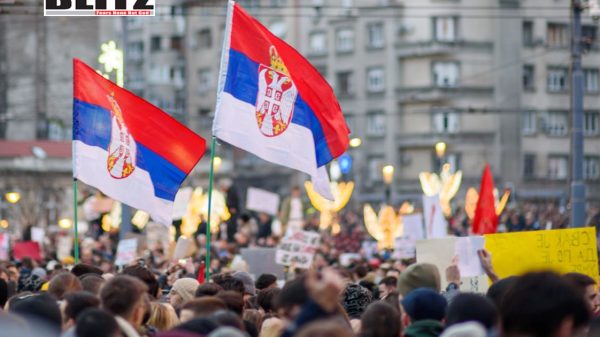
In November 2024, a tragedy struck the Serbian city of Novi Sad, leading to one of the most significant political movements in the country in recent years. The roof of a newly renovated railway station collapsed, killing 15 people. While the government initially downplayed the incident, suggesting that it was a result of unforeseen structural issues, the tragedy has sparked a national movement. The protesters, primarily students, believe the collapse was the result of government corruption and nepotism that led to the use of substandard construction materials and poor oversight. Although the government denies the allegations, the incident became the catalyst for a massive outcry and widespread protests across Serbia.
At the heart of this movement is Marija Petrovic, a molecular biology student at the University of Belgrade. Petrovic, like many others, was driven to join the protests after the accident. The emotional toll of the tragedy resonated deeply within her, as she and her peers believed that the government’s negligence had cost innocent lives. Initially, the protests seemed like a small, isolated event, with only a few students and concerned citizens demanding justice. However, within three months, the protests had grown exponentially, gaining the support of teachers, lawyers, and workers across the country. What began as a student-led demonstration against corruption quickly escalated into one of the largest protest movements Serbia had seen in years, transcending its initial focus and evolving into a call for political reform and accountability.
The students have made their message clear: they want an end to the corrupt practices that have taken root within the government and the ruling political elite. Their demands include the publication of documents related to the station roof collapse, justice for those responsible, the dismissal of charges against protesting students, and increased funding for higher education. Although Prime Minister Milos Vucevic and several key ministers have resigned in the wake of the disaster, the students have continued their protests, insisting that it is not enough. For them, the government’s resignation is merely a first step toward addressing the deep-rooted issues that they claim have plagued Serbia for years.
The protests are not only about the tragedy in Novi Sad but also about broader societal concerns. The demonstrators accuse the government of being autocratic, with its ties to organized crime and a history of undermining democracy. Serbia’s prime minister and president, Aleksandar Vucic, have long been seen as figures who dominate the political landscape, stifling opposition and controlling the media. Critics accuse Vucic’s Serbian Progressive Party (SNS) of engaging in corrupt practices, including voter bribery and the suppression of free speech. These accusations have gained traction in recent years as Serbia’s position on global corruption indices has steadily worsened. The country now ranks 105th out of 180 nations in Transparency International’s Corruption Perceptions Index.
Vucic’s government has faced international scrutiny for its ties with Russia, as well as its handling of domestic affairs. However, despite these challenges, Vucic has maintained a firm grip on power, using his position to leverage political influence and maintain popular support. But now, for the first time in years, the protests have created a significant challenge to his rule. According to political analysts, the student protests have pushed Vucic into one of the most vulnerable positions of his political career. As Mario Bikarski, senior Europe analyst at Verisk Maplecroft, notes, “The perception of corruption remains the key issue for protesters, who are likely to remain active until they receive meaningful guarantees on the issue.”
One of the key factors contributing to the success of these protests is the level of organization and strategic planning involved. The student-led movement has proven to be highly effective due to its decentralized structure. The old student parliament at the University of Belgrade has been replaced with “plenums” – daily assemblies where students from each faculty vote on their course of action. This lack of a single leader or spokesperson has made it difficult for the government to target individuals or break the movement. Every day, a different student spokesperson speaks for the group, further diffusing any central leadership. Working groups within the movement focus on different aspects of the protests, including strategy, security, and fundraising. These groups coordinate not only in Belgrade but across other university towns, ensuring that their demands and actions remain aligned.
The movement’s message is clear, consistent, and tightly controlled. Students have adopted a red handprint as a symbol of the blood they believe is on the government’s hands. The protests are ongoing, with daily blockades and rallies across the country. In Kragujevac, another major demonstration is planned for February 15, 2025, and is expected to be the largest yet. The protests have disrupted daily life in Serbia, with students blocking highways, streets, and even government buildings. Universities have suspended lectures, with students living in occupied buildings and relying on donations for food and other supplies. The sense of solidarity is strong, with volunteers donating everything from pastries to sleeping bags to keep the protests going.
The movement has also received significant financial support from Serbs living abroad. Nenad Milanovic, a Serbian expatriate who runs an IT company in the United States, has helped set up a crowdfunding website to support the students. So far, the campaign has raised over $73,000. Milanovic has expressed confidence that the students will continue to receive the backing they need: “Students in Serbia do not need to worry. People support them, and they will always have enough money.” This external support has allowed the protests to remain sustainable, with many students saying that they are motivated not only by their frustration with the government but also by a deep sense of justice for those who lost their lives in the Novi Sad tragedy.
Despite the government’s efforts to quell the protests, including the indictment of 13 people related to the station roof collapse, the students remain resolute. Vucic has called for an end to the blockades, arguing that they are damaging the economy. However, the students are unmoved. Their message is clear: they will not stop until they see real change, including greater transparency and accountability from the government. They are not calling for the overthrow of Vucic’s administration, but they are demanding that the government start fulfilling its responsibilities properly and honestly.
The outcome of these protests remains uncertain, but they have already succeeded in drawing attention to issues of corruption, government accountability, and the power of student activism. What began as a response to a preventable tragedy has evolved into a broader movement calling for change in a country that has struggled with political and economic challenges for years. For many in Serbia, these protests represent a moment of hope and a possibility for a better future, where the voices of ordinary citizens-especially the youth-can no longer be ignored. Whether this movement will lead to lasting change is still to be seen, but it has already shown that Serbia’s youth is willing to stand up and fight for justice.


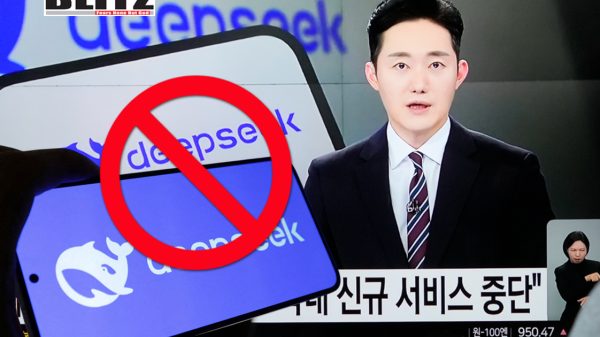
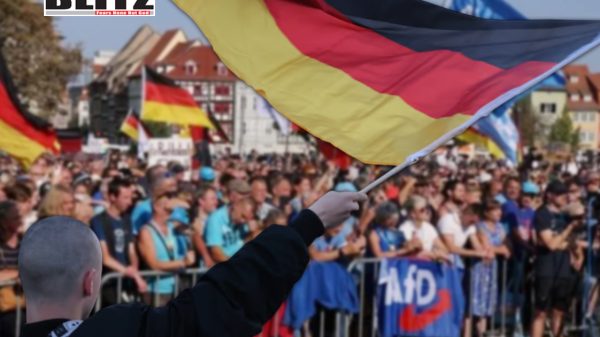

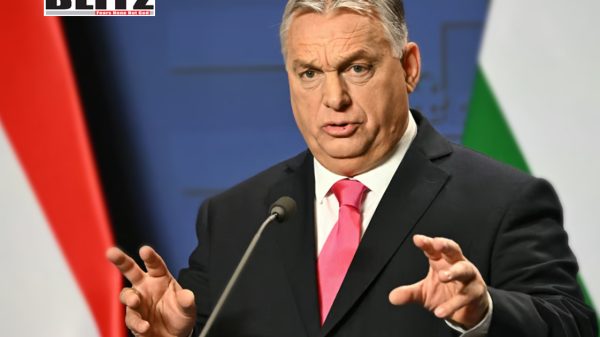



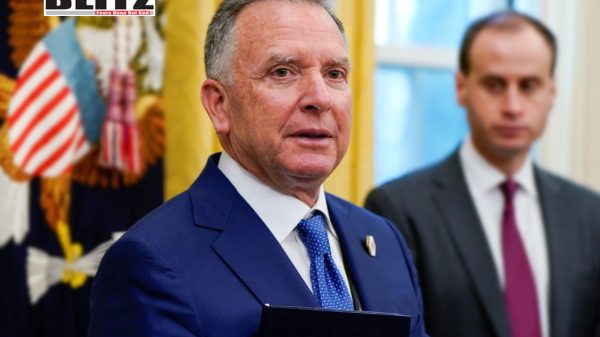




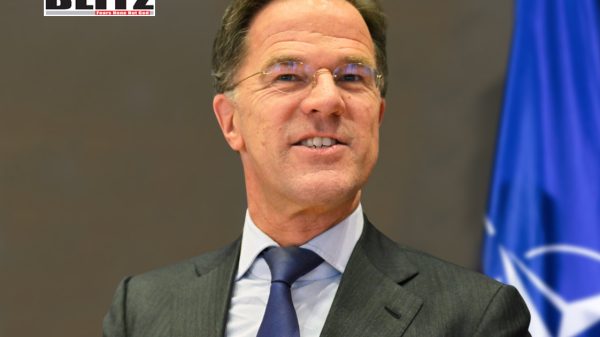

Leave a Reply